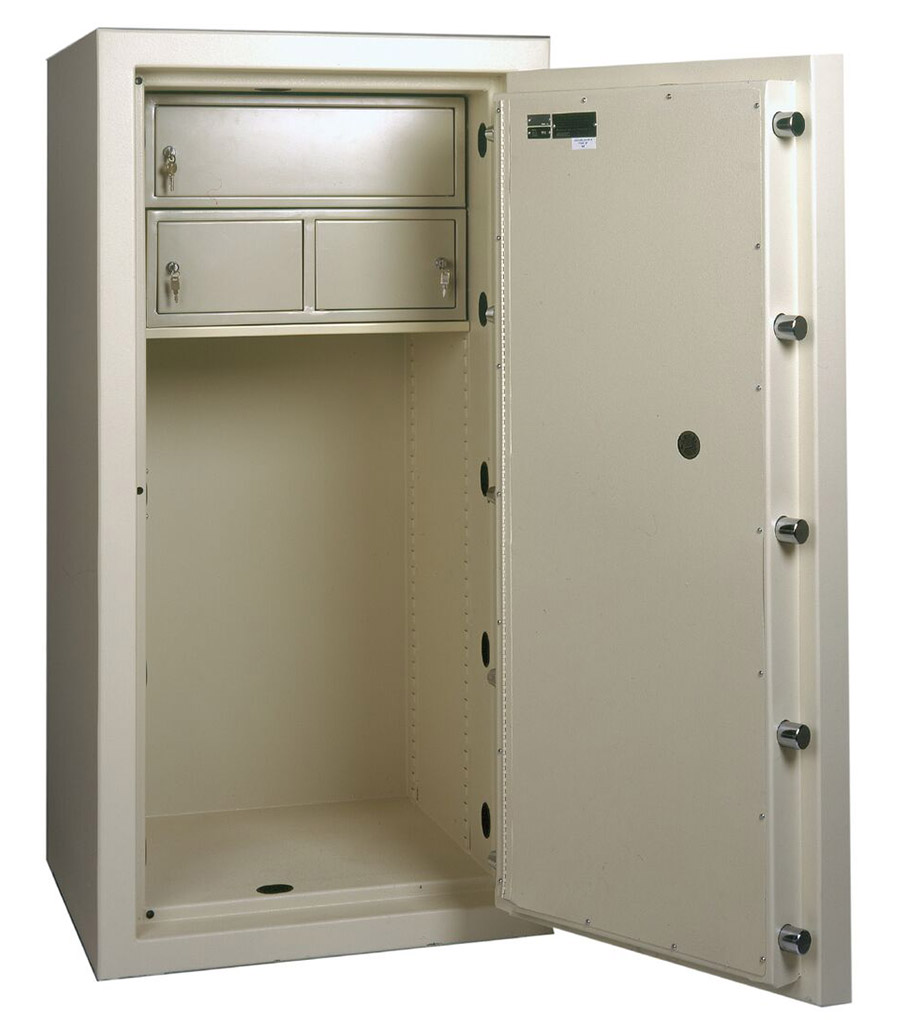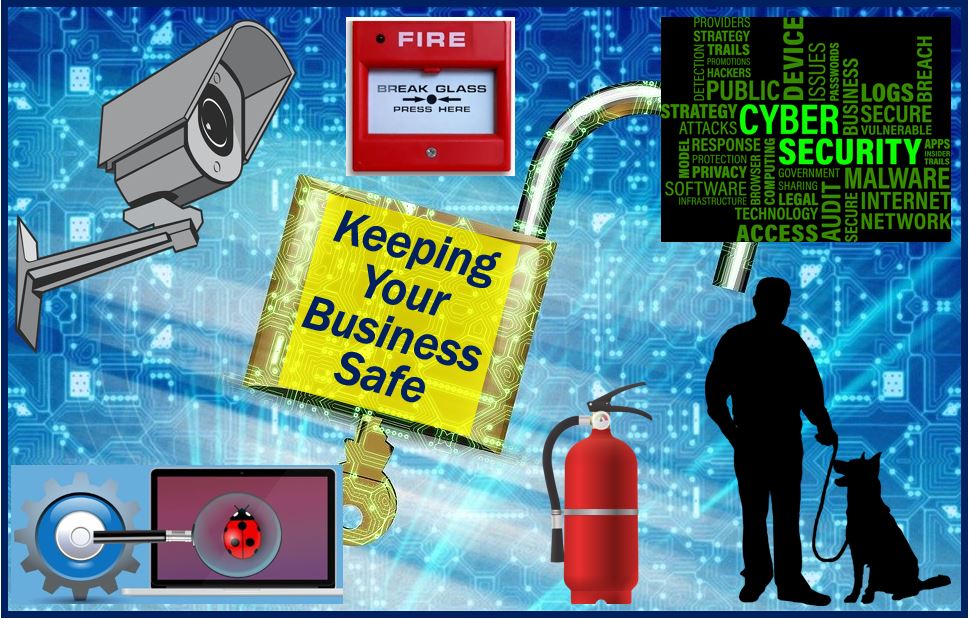Business, Safe

Executive Summary

This comprehensive guide provides a detailed analysis of safeguarding business operations and assets. Covering key subtopics, including cybersecurity, data protection, physical security, and compliance, this article offers valuable insights into securing your organization from potential risks.

Introduction
In today’s rapidly evolving business landscape, ensuring the safety and security of business operations is paramount. With emerging threats and vulnerabilities constantly posing challenges, organizations must prioritize cybersecurity measures, data protection strategies, physical security protocols, and compliance with industry regulations. This guide delves into these critical areas, offering practical guidance and solutions to enhance business resilience and protect sensitive information.
FAQs
Q: What are the most common cybersecurity threats facing businesses?
A: Cybercriminals employ a range of tactics, including phishing, malware, ransomware, hacking, and social engineering, to access sensitive data and disrupt operations.
Q: How can businesses protect customer data from breaches?
A: Implementing data encryption, access control measures, and regular security audits is essential to safeguard customer information from unauthorized access.
Q: What are the key elements of a comprehensive physical security plan?
A: Establishing access control systems, implementing surveillance equipment, developing emergency response protocols, and conducting regular security assessments are vital components of physical security.
Top Subtopics
Cybersecurity
- Vulnerability scanning: Identifies weaknesses in systems and infrastructure that could be exploited by attackers.
- Intrusion detection and prevention (IDS/IPS): Monitors network traffic for suspicious activity and blocks malicious attempts to access systems.
- Firewall protection: Blocks unauthorized access to internal networks and prevents malware from entering systems.
- Employee cybersecurity training: Educates employees on safe online practices, recognizing phishing attempts, and reporting security incidents.
Data Protection
- Data encryption: Converts data into an unreadable format, ensuring it remains secure even if accessed by unauthorized individuals.
- Access control: Restricts access to sensitive data based on user roles and permissions, preventing unauthorized data breaches.
- Data backup and recovery: Creates copies of critical data and ensures it can be restored in the event of a system failure or data loss.
Physical Security
- Access control systems: Restrict physical access to buildings, facilities, and sensitive areas using methods such as key cards, biometric scanners, and surveillance cameras.
- Surveillance equipment: Monitors and records activities within and around business premises, preventing unauthorized entry and protecting against theft and vandalism.
- Emergency response protocols: Outlines procedures for responding to security threats, fire emergencies, bomb threats, and other incidents, ensuring the safety of employees and assets.
Compliance
- Industry standards: Adherence to industry-specific regulations, such as PCI DSS for payment processing or HIPAA for healthcare data, ensures compliance and minimizes legal risks.
- Regulatory audits: Undergoing regular audits conducted by independent auditors ensures adherence to compliance regulations and identifies areas for improvement.
- Documentation and record keeping: Maintaining detailed documentation of security policies, procedures, and incident reports is crucial for demonstrating compliance and meeting audit requirements.
Conclusion
By adopting a comprehensive approach to business safety and security, organizations can mitigate risks, protect sensitive information, and ensure the continuity of their operations. Implementing robust cybersecurity measures, data protection strategies, physical security protocols, and compliance frameworks creates a secure foundation for business success. As threats evolve, it is essential to continuously evaluate and update security measures to stay ahead of potential vulnerabilities.
Relevant Keyword Tags
- Business Security
- Cybersecurity
- Data Protection
- Physical Security
- Compliance
